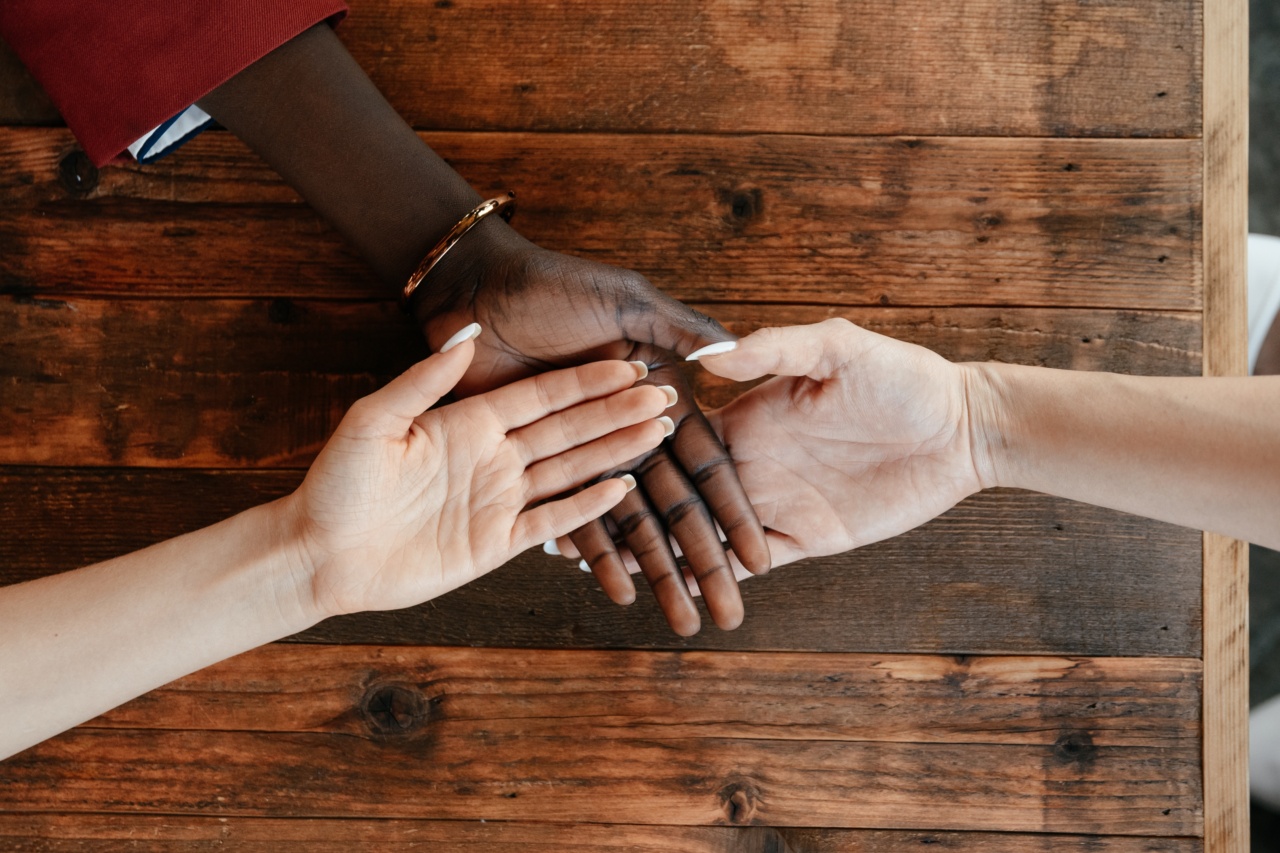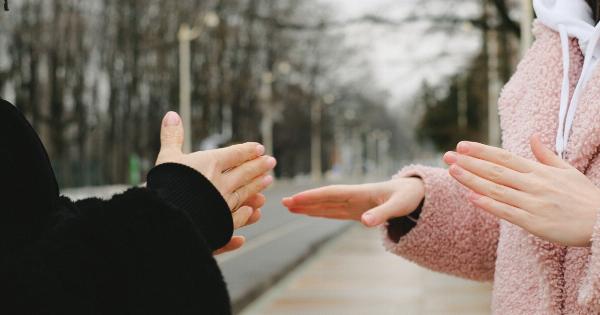Have you ever felt anxious before an important meeting or presentation? You’re not alone. Meeting anxiety is a common experience that can affect individuals in various settings, from business meetings to social gatherings.
While there are several factors that contribute to meeting anxiety, one crucial aspect that often goes unnoticed is body language.
The Impact of Body Language on Meeting Anxiety
Body language refers to the nonverbal cues and signals that we use to communicate our thoughts, feelings, and intentions. It includes gestures, facial expressions, posture, eye contact, and even the tone of our voice.
Research has shown that our body language not only influences how others perceive us but also affects our own thoughts and emotions.
When it comes to meeting anxiety, negative body language can exacerbate feelings of nervousness and stress.
For instance, crossing your arms over your chest, avoiding eye contact, or fidgeting with your hands can signal to others that you are closed off or uninterested. Moreover, these behaviors can also reinforce negative thoughts and emotions within yourself, further intensifying your anxiety.
On the other hand, adopting positive body language can have a calming effect on both yourself and others in the meeting. Open postures, maintaining eye contact, and using appropriate gestures can convey confidence, openness, and engagement.
By consciously adjusting your body language, you can create a more positive and relaxed atmosphere for yourself and potentially influence the perception of others.
The Role of Mind-Body Connection in Meeting Anxiety
The connection between body language and meeting anxiety extends beyond mere nonverbal communication. It is rooted in the mind-body connection, which refers to the intricate relationship between our psychological and physical well-being.
Our thoughts, emotions, and behaviors can directly influence our physiological responses, such as heart rate, breathing patterns, and muscle tension.
When we experience meeting anxiety, our bodies often respond with physiological changes associated with the fight-or-flight response. These changes include increased heart rate, shallow breathing, sweating, and muscle tension.
Interestingly, the mind-body connection works both ways, as our physical state can also impact our mental and emotional well-being.
By consciously managing our body language, we can influence our physiological responses and modulate our anxiety levels. For example, adopting an open and relaxed posture can help regulate our breathing and lower our heart rate.
This, in turn, sends a signal to our brain that we are safe and in control, reducing feelings of anxiety.
Tips for Utilizing Body Language to Reduce Meeting Anxiety
Now that we understand the connection between body language and meeting anxiety, here are some practical tips to help you utilize body language effectively:.
1. Maintain Open Body Posture
Avoid crossing your arms or legs, as this can create a barrier between you and others, signaling defensiveness or disinterest.
Instead, maintain an open posture by keeping your body relaxed and facing towards the person or group you are interacting with.
2. Make Eye Contact
Establishing eye contact shows that you are actively engaged in the conversation and can help build trust and connection with others. However, be mindful not to stare intently, as this can be perceived as aggressive or intimidating.
Strike a balance by maintaining regular but natural eye contact.
3. Use Appropriate Gestures
Gestures can enhance your verbal communication and convey your message more effectively. Be mindful of using appropriate gestures that align with your words and emotions.
Overusing gestures or making sudden and excessive movements can be distracting and give the impression of anxiety.
4. Practice Mirroring
Mirroring is the act of subtly matching the body language of the person you are interacting with. It can create a sense of rapport and connection, making the conversation more comfortable and relaxed.
However, be careful not to mimic their gestures too closely, as it might come across as insincere or mocking.
5. Pay Attention to Your Breathing
Deep, slow breathing can help calm your nervous system and reduce anxiety. When you feel anxious in a meeting, take a moment to focus on your breath. Inhale deeply through your nose, allowing your abdomen to expand, and exhale slowly through your mouth.
This simple technique can help you regain control and reduce anxiety symptoms.
6. Practice Mindfulness
Being mindful of your body language and the present moment can help ground you and alleviate meeting anxiety. Notice any tension in your body and consciously relax those muscles.
Pay attention to your surroundings, the people you are interacting with, and the topic of conversation. By staying fully present, you can reduce preoccupation with negative thoughts or future outcomes.
7. Seek Professional Help if Needed
If meeting anxiety significantly affects your well-being or professional life, consider seeking support from a mental health professional.
They can provide strategies tailored to your specific needs and help you address any underlying causes contributing to your anxiety.
The Power of Positive Body Language
By understanding and leveraging the connection between body language and meeting anxiety, you can take control of your nonverbal cues to create a more positive and confident presence.
Utilizing positive body language not only influences how others perceive you but can also boost your own self-assurance and reduce meeting anxiety. Remember, small changes in your body language can have a significant impact on your overall meeting experience and success.






























